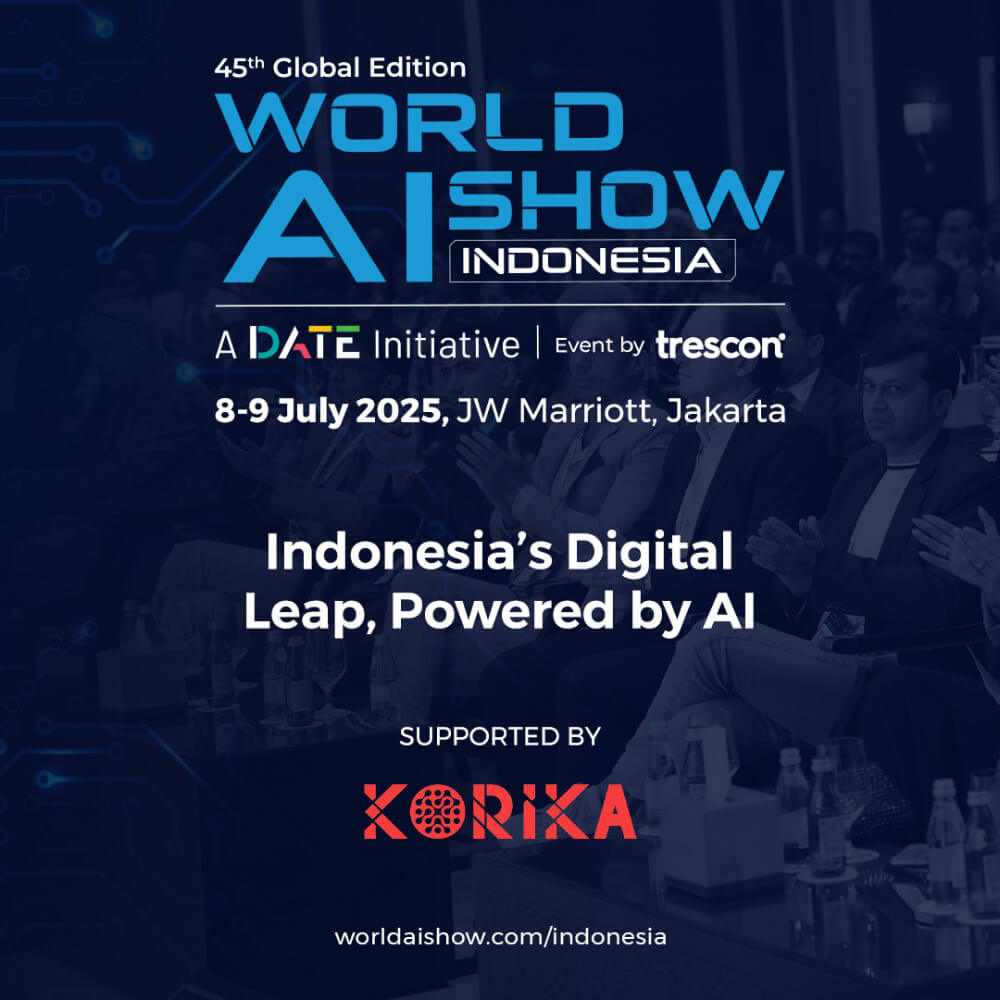Based on the GDP Labs case study, the paperless adoption for the reimbursement process has speed up the process of up to 500%.
Heaptalk, Jakarta — Paperless adoption has emerged significantly as a new behavior, particularly in business operations. The CEO and CTO of GDP Venture On Lee viewed that the paperless implementation could be embodied through the ABCD (AI, Blockchain, Cloud, Data) and X (IoT, Mobile, Security, Web) Technologies utilization.
Lee elaborated that the paper had been used for thousands of years, accelerated about the 15th century during the principal revolution. Even in the most advanced countries, the public government policy is based on a paper-first policy.
However, perceiving the digital transformation worldwide, Lee considered this behavior is no longer secure. By removing paper usage through the adoption of ABCD – X Technologies, he claimed this measure will bring multi-billion dollar economic benefits.
“Why is paperless possible today? Because of these ABCD technologies. Many things could not have been done before the invention of this technology. This is because converging these very advanced technologies makes it possible today,” Lee affirmed.
He noticed the paper that has been utilized by people for hundreds or thousands of years is no longer a good solution. For this reason, Lee suggested businesses should move forward, being paperless, which will be much more secure and bring cost efficiency.
Nevertheless, Lee viewed that Southeast Asia businesses have not entirely matured in adopting these methods yet. Based on his observation, many practitioners who claimed to have carried out digital transformation have removed the differentiation between Digitize and Digitalization as a prerequisite of digital transformation.
Many countries and businesses only focus on digitize, switching paper use to digital documents or digital data. However, they skip the next stage, namely digitalization – the process of creating and improving a business process through technology and digital data. The key point in digitalization is integration, but this process is not represented yet in SEA.
“Particularly in digitalization, for example, during the traveling process, the ideal process is end to end. But now, I have to fill in the same form multiple times during ticket buying, the immigration process, and hotel check-in. I must fill out the same form that requires the same information. It is not efficient, too redundant.”
A lack of integration across digital platforms occurs as governments and businesses do not entirely execute G2G, B2G, and B2C integration.
Lee added, “Although we have bits and pieces digitally, they are not fully integrated yet. Therefore, we must integrate government-to-government, business-to-government, and business-to-consumer to achieve overall automation,”
By adopting paperless at work, Lee claimed businesses would gain efficiency depending on the business use cases. According to the GDP Labs case internal study, this paperless implementation, specifically for the digital reimbursement process, had managed an efficiency of up to five times, or approximately 500%.
“The efficiency gained depends on the situation. But I guarantee paperless adoption will increase productivity, be more efficient, and reduce cost,” Lee added during the 10th XCION Conference.
Moreover, based on his perspective, implementing paperless as new behavior would also deliver several benefits for companies and their ecosystem, spanning the simplicity of data backup and restoration, ESG-friendly, contactless, the workforce’s digital knowledge enhancement, and growth engines.
“Regarding this issue, people don’t seem aware. Education is very critical for any emerging technology. Once they understand, they can appreciate, and eventually, they would invest and use this technology,” Lee said in his statement.
Therefore, by delivering this topic at several outstanding conferences, such as the XCION Bali, which C-level, government representatives and scholars attended, Lee invites the stakeholders to work together in increasing awareness of this method, making people more familiar with going paperless habits using the ABCD-X technologies, particularly for non-technical people.











